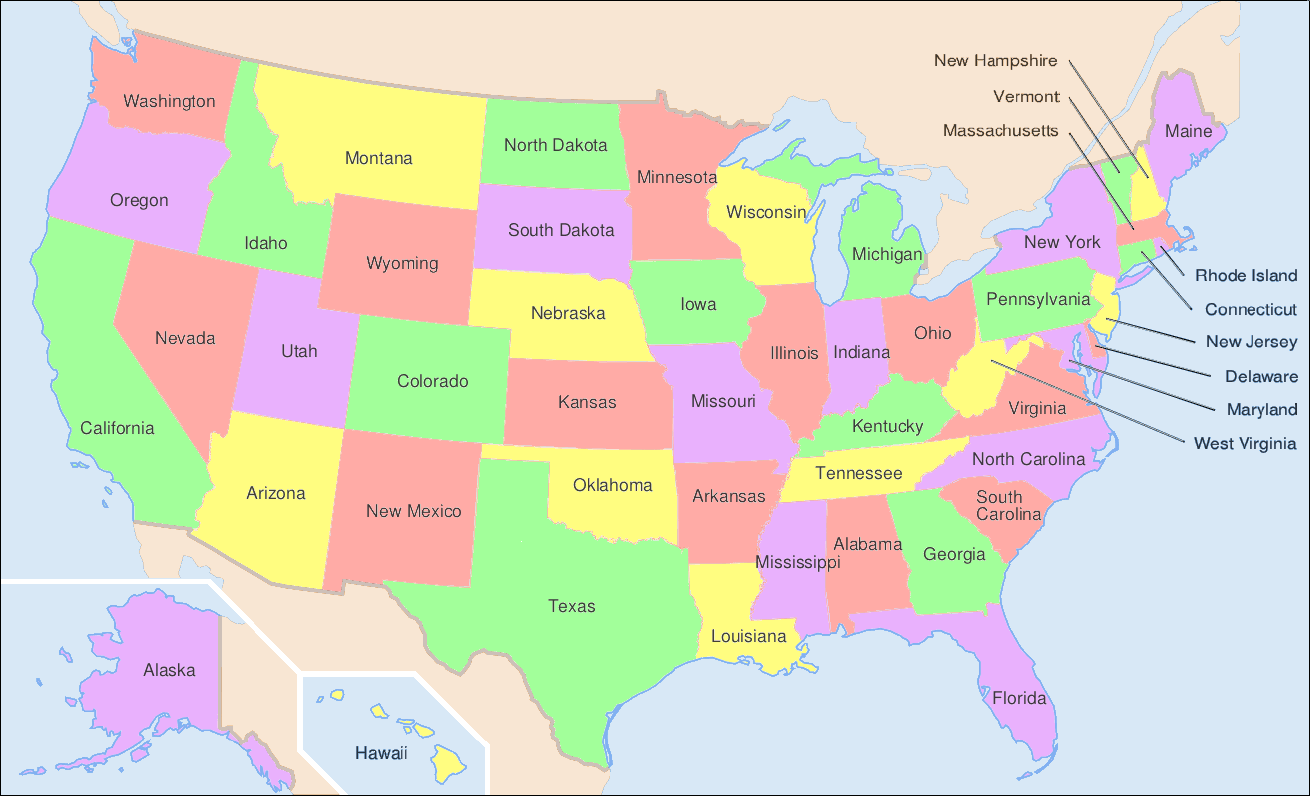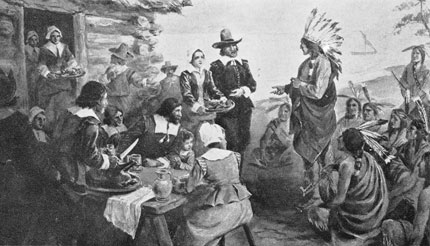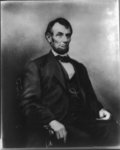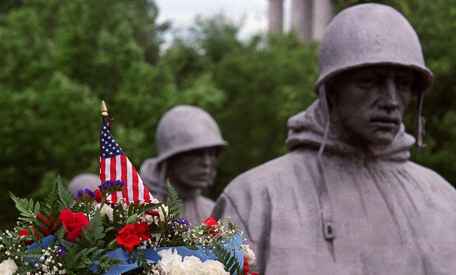Witness to one of the defining moments in the U.S. civil rights movement, Little Rock, Ark., made history in 1957 when nine African American students tested federal anti-segregation laws in public schools for the first time. Even before that seminal 1957 event, Little Rock had been the scene of both progress and setbacks for African Americans in their struggle for equality and civil rights. Today, Little Rock is a thriving center of business and government, as well as home to a nascent tourism industry.
Beginnings
African Americans lived in Arkansas more than a century before it claimed statehood in 1836. After slavery ended, in the Reconstruction period following the Civil War, some African Americans left the state for the industrialized north. But many also stayed, practicing trades and building businesses. Between 1869 and 1893, African Americans won more than 45 seats in the Arkansas legislature, headquartered in Little Rock. During this time, African American students had access to education, even in some outlying areas. Music, craftsmanship and the arts thrived. Important churches, community centers and other historic buildings central to the African American experience in Little Rock are open to the public.
Brooks-Baxter War
Sources in this Story:
- Arkansas Department of Parks and Tourism: African-American Heritage
- The Encyclopedia of Arkansas History & Culture: Brooks-Baxter War
- U.S. National Park Service: Little Rock Central High School
- National Park Foundation: Little Rock Central High School
- Little Rock Convention and Visitors Bureau: Little Rock, Arkansas
- William J. Clinton Presidential Center: Tours
The Nine
Near the end of the school year in 1957, the U.S. Supreme Court handed down the historic decision in Brown v. Board of Education of Topeka, declaring, “separate educational facilities are inherently unequal.” With that unanimous vote, schools were legally to be desegregated. The first nationwide test of this ruling occurred on September 23 of that year at Little Rock’s Central High School. Nine African-American children attempted to attend the public, all-white school. They were met by a white mob of adults and schoolchildren who barred them from entering the school.
President Dwight D. Eisenhower called in federal troops to restore peace and escort African American children into the classrooms. It was the first use of federal troops in Arkansas to support African American rights since the Civil War Reconstruction period. “The Nine,” as those first students were known, led the way for desegregated schools throughout the nation.
















